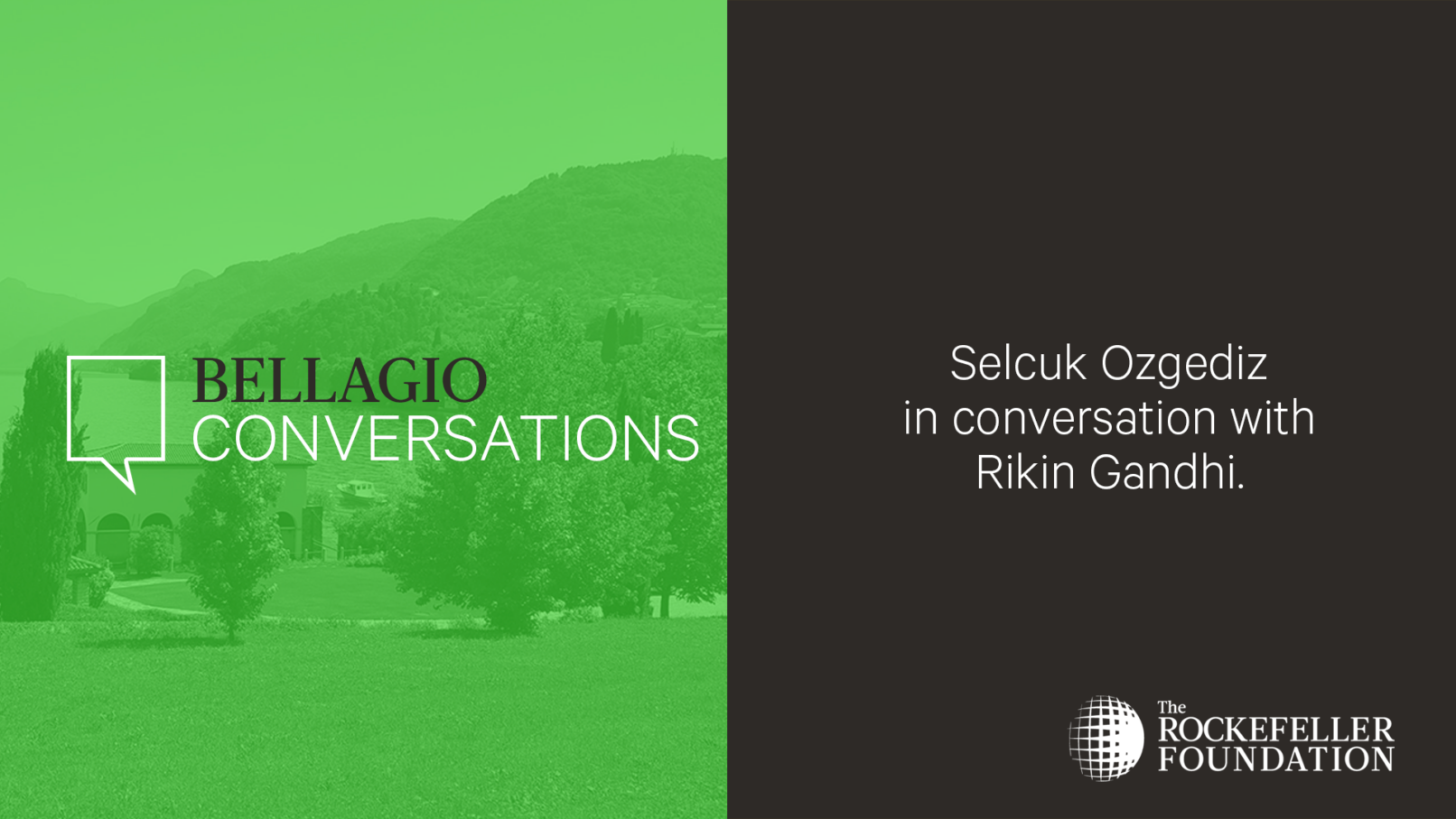Rikin: I think what they’ve mostly been focused on so far has been the internal dynamics around CGIAR and the individual centers, but then there’s also the rest of the world—national centers, the AgTech landscape, and organizations like ourselves. How do those go hand-in-hand with what CGIAR is trying to bring together?
Selcuk: Yeah. They seem to want to get the house in order first, before trying to tackle how the house interacts with others. Perhaps it would be clearer if they had a clear research agenda, but we heard at the meeting that there are something like 33 projects—that seems to be far too many for people to really rally around. I left the meeting thinking that there’s a lot of things to be done. This may not be the end of the reform processes in CGIAR, but, nevertheless, another side of me thinks, “Well, this is a system that has survived for 50 years through this reform or that reform, and this crisis and that crisis. It will overcome this one too.”
Rikin: I’ve also been in touch with folks at CGIAR who are working on its digital strategy to see how they can think about linking this upstream work with the downstream better, and I’ve been in touch with some of the others who were participating in the Bellagio conference to see if there might be some tangible joint efforts that we could do to show how it’s actually possible to bring these physical and digital technology worlds closer together.
Selcuk: One of the things that came up for me is that I had written a book about the first 40 years of CGIAR, but after Bellagio I thought, “Well, maybe it might be useful to update that and and bring it to 50,” because there are so many new issues. That was one of the conclusions I reached—and also to learn more about Rikin’s work. My son and grandchildren live in San Francisco, so next time I visit I’ll go knock on Rikin’s door.
Rikin: And I look forward to seeing you, and your grandchildren as well.
Discover more conversations and ideas by visiting https://www.rockefellerfoundation.org




